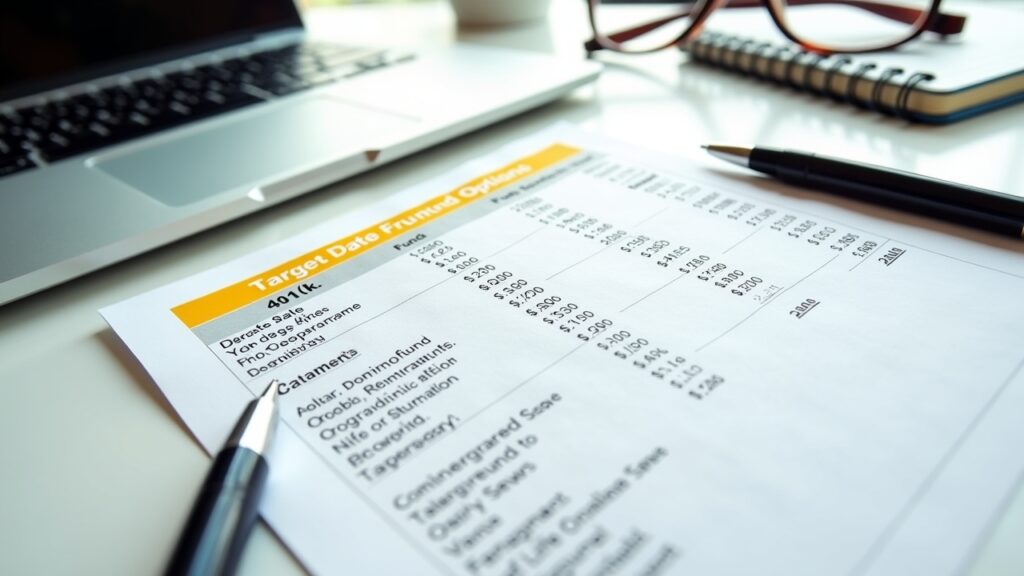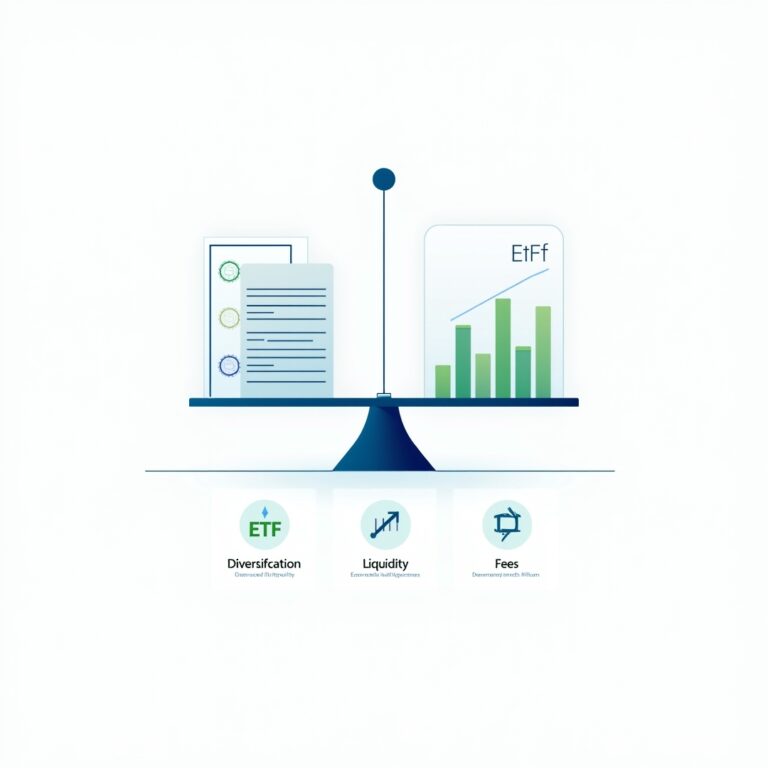Advertisements
Let me tell you, when I first heard about target date funds at my company’s 401(k) enrollment meeting, I was completely lost! The HR guy kept throwing around terms like “glide path” and “asset allocation,” and honestly, I just nodded along pretending to understand. But here’s the thing – target date funds are actually one of the simplest investment options out there, and they’ve basically saved my retirement planning sanity.
So why should you care about these funds? Well, if you’re like me and don’t want to spend your weekends rebalancing portfolios or stressing about market timing, target date funds might just be your new best friend. Let me break down everything I’ve learned about these set-it-and-forget-it investments.
What Exactly Are Target Date Funds?

Okay, so picture this – a target date fund is basically like having a personal investment manager who automatically adjusts your portfolio as you get closer to retirement. The “target date” part refers to when you plan to retire, usually shown as a year like 2045 or 2050. Pretty straightforward, right?
When I finally understood this concept, it was like a lightbulb went off! These funds start aggressive when you’re young (lots of stocks for growth) and gradually become more conservative as you approach retirement (shifting to bonds for stability). The fancy term for this is the “glide path,” which sounds complicated but really just means the fund automatically rebalances itself over time.
I remember being so relieved when I realized I didn’t have to figure out the perfect mix of stocks and bonds myself. The fund managers do all that heavy lifting for you!
How Do These Funds Actually Work?
So here’s where it gets interesting – and where I initially got confused. Target date funds are actually “funds of funds,” meaning they invest in other mutual funds rather than individual stocks or bonds. Think of it like a pre-made investment smoothie instead of buying all the ingredients separately.
The way they work is surprisingly simple once you get it:
- You pick a fund with a date close to when you’ll retire
- The fund automatically invests in a mix of stock and bond funds
- As years pass, it shifts from growth-focused to preservation-focused
- You literally don’t have to do anything else!
I’ll be honest though – when I first invested in my 2050 fund back in 2015, I kept checking it obsessively. Every market dip made me panic! But then I learned that’s exactly what you’re NOT supposed to do with these funds.
The Good, The Bad, and The “Meh”
After using target date funds for several years now, I’ve definitely noticed some pros and cons. On the plus side, they’re incredibly convenient – seriously, I spend maybe 10 minutes a year thinking about my retirement investments. They’re also professionally managed and automatically diversified, which beats my previous strategy of randomly picking funds based on their cool names!
However, there are some downsides I’ve encountered. The fees can be higher than if you built your own portfolio (though mine are around 0.15%, which isn’t terrible). Also, the one-size-fits-all approach might not match your personal risk tolerance perfectly. For instance, my 2050 fund might be too conservative for someone who’s comfortable with more risk.
The “Morningstar guide” really helped me understand these trade-offs better when I was doing my research.
Choosing the Right Target Date Fund
Alright, so here’s where I made my first mistake – I picked a fund based solely on my expected retirement year without considering anything else. Don’t be like younger me! There’s actually a bit more to think about.
First, figure out your actual retirement timeline. If you plan to retire at 65 and you’re currently 35, you’d typically look at 2055 funds. But here’s a pro tip I learned – if you’re more conservative, consider choosing an earlier date, or if you’re comfortable with risk, go with a later date.
Also, definitely check the expense ratios! Some funds charge way more than others for basically the same thing. I switched from a fund charging 0.75% to one charging 0.15%, and that difference adds up to thousands over time.
Making Target Date Funds Work for You
So after all my trial and error, here’s what I’ve learned about maximizing these funds. First off, don’t mix target date funds with other investments in the same account – it defeats the whole purpose! I made this mistake initially, adding individual stock funds alongside my target date fund, which threw off my entire allocation.
Moreover, remember that these funds are designed for retirement accounts. Using them in taxable accounts can create some tax headaches due to their frequent rebalancing. Trust me, I learned this the hard way during tax season!
Finally, review your fund annually (just don’t obsess over it daily like I used to). Sometimes life changes – maybe you decide to retire earlier or later, or your risk tolerance shifts. It’s okay to switch to a different target date if needed.
Your Next Steps with Target Date Investing
Look, I know investing can feel overwhelming, but target date funds really do simplify the process. They’re not perfect for everyone, but for busy people who want a hands-off approach to retirement saving, they’re pretty darn good. The key is understanding what you’re getting into and making sure it aligns with your goals.
Whether you’re just starting your retirement journey or looking to simplify your existing investments, target date funds deserve serious consideration. And hey, if you found this helpful, check out more practical investing tips at Smart Start – we’re all about making financial stuff actually make sense!



[…] and financial planning? Check out other helpful articles on Smart Start where we break down complex financial topics into bite-sized, actionable advice. Because honestly, we all need to start somewhere, and […]
[…] to ask for help when you need it. Want more tips on building your financial future? Check out other helpful guides at Smart Start – we’re all about making complex financial stuff actually make […]